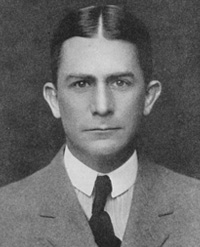John Campbell Greenway
(1872 – 1926)
 Born on the 6th of July in 1872 in Huntsville, Alabama, John C. Greenway was the son of Gilbert and Alice White Greenway. Because his father was a physician, John’s childhood was a comfortable one and he was able to attend some of the better schools in the South. On his mother’s side he was related to Isaac Shelby, the first governor of Kentucky, prompting Julia Dinsmore to note that Greenway was related to her “oldest & best friends in Kentucky” – the Gibson family. Although Greenway would be remembered in life for his mining skills and his military record, as the second husband of Isabella Selmes he crossed the path of the Dinsmore family for a few short years and for that reason he is now buried in the family graveyard in Boone County.
Born on the 6th of July in 1872 in Huntsville, Alabama, John C. Greenway was the son of Gilbert and Alice White Greenway. Because his father was a physician, John’s childhood was a comfortable one and he was able to attend some of the better schools in the South. On his mother’s side he was related to Isaac Shelby, the first governor of Kentucky, prompting Julia Dinsmore to note that Greenway was related to her “oldest & best friends in Kentucky” – the Gibson family. Although Greenway would be remembered in life for his mining skills and his military record, as the second husband of Isabella Selmes he crossed the path of the Dinsmore family for a few short years and for that reason he is now buried in the family graveyard in Boone County.
When still young, John moved with his parents, sister, and four brothers to Hot Springs, Arkansas where he completed grade school, attending high school in Virginia. He went on to the Sheffield Scientific School of Yale University, where he was an avid sportsman. Football was just becoming popular and he was placed on both the varsity football and baseball teams. As a catcher, he was respected by many opposing teams and was chosen an All-American for two straight years. He was extremely popular with the men at Yale, being elected class president in his senior year and also voted the most popular man on campus. 1 These people skills would come in handy later in his business career.
Greenway graduated from Yale in 1895 with an engineering degree. After a summer trip to Europe with some friends he took his first job with Carnegie Steel Company in Duquesne, Pennsylvania. Three years later, though, when war broke out with Spain, he was quick to leave his job and join up with the volunteer regiment that became known as the Rough Riders. One of their favorite cheers was this:
Rough, Tough, we’re the Stuff,
We want to fight And
we can’t get enough
Whoop-ee! 2
On the charge up San Juan Hill, immortalized by Teddy Roosevelt, Greenway was the second man over the top and was cited for his bravery. By the time the short conflict was over, he had been promoted to First Lieutenant. Looking back several years later when he wrote his autobiography, Roosevelt said of Greenway that he was “a natural soldier” who was “fearless, modest and quiet.” 3 The two men developed a close friendship that lasted until Roosevelt died in 1919.
Following his military exploits in Cuba, John returned to Carnegie and soon accepted a new position as superintendent for their Western Mesabi region in northern Minnesota. 4 In 1910, John moved to Bisbee, Arizona to take control of the operations of the Calumet and Arizona Copper Company. On a visit to Ajo, Arizona, population twenty-five, he started up a new copper mine there and made the town his home.
Throughout this time, he kept in touch with his Rough Rider friends, including Robert H.M. Ferguson, who had married Isabella Selmes in 1905. With his home in Ajo, he could visit them more often, but because Robert was usually suffering with his tuberculosis, only Isabella was able to return the visits. According to Isabella’s biographer, Kristie Miller, John and Isabella fell in love in 1913, while she was visiting him in Ajo. She was still young at twenty-seven, and although John was fourteen years older, he was strong and healthy compared to her husband whose disease kept them from having intimate relations. Bob apparently accepted the situation when John told him of his feelings, but Ferguson insisted that the two of them never arrange to be alone together, which they agreed to do. 5 While Bob may have accepted the situation, he did not like it.
In 1917, with American entry into World War I, John volunteered for service overseas, serving a few months on the front lines. The brevetted Brigadier General returned home with the Distinguished Service Cross, the Legion of Honor, the Croix de Guerre, and the Croix de l’Etoile Noire. Unfortunately, some people in Arizona would have preferred seeing him behind bars to fete-ing him with a hero’s parade. Considered the architect of the infamous Bisbee Deportations, Greenway was indicted on charges of violating the civil rights of U.S. citizens. When the International Workers of the World (“an outlaw organization,” according to Greenway) struck in 1917 for better conditions in the mines, his response was to have the sheriff and deputized citizens round up any man who was not working and would not work and transport them by train to a deserted area near the Mexican border. 6 Less than one-third of the men rounded up in this way were union men. Although Greenway felt that his actions were a result of his patriotism, and he was acquitted, the deportation hurt his public reputation.
In the fall of 1922, Robert Ferguson died. John waited three months before contacting Isabella and the two assured each other of their mutual love. Although they were separated much of the following year, they wrote each other loving letters. John desperately wanted Isabella to commit to marriage, writing, “How long will you keep me in this suspense? Give me hope or drive me to despair.” 7 She eventually accepted his proposal and the couple was married on November 4, 1923 in Santa Barbara. In October of the next year, John Selmes Greenway was born in Santa Barbara. Called Jack by the family, he was not yet two years old when his father died.
John had retired from the Calumet mines in the summer of 1925 so he could spend more time with his family. He also had some political ambitions although they never panned out for him. While back east lobbying Congress for a dam project of his, he was diagnosed with a large gallstone. Although it was not mandatory that the doctor’s operate, Greenway’s plans to travel to Europe later in the year caused his doctor’s to recommend surgery. Isabella reluctantly accepted the need to operate and her forebodings materialized when seven days after the operation, on January 19, 1926, John Campbell Greenway died from a blood clot that had lodged in his lungs. He was fifty- three years old.
Isabella, for whom death had become too common an occurrence, organized a service for him in New York City before accompanying his body on the long trip back to Ajo where he was buried on a hill near the house they had shared for less than three years. On the train ride back with her daughter, Martha, as her companion, she miscarried their second child.8 In 1995, following the death of his son, Jack, John’s body was disinterred and re-buried in the Dinsmore family graveyard with his wife and son, according to Isabella’s wishes.
1 Donald L. Boese, John C. Greenway and the Opening of the Western Mesabi (Itasca, MN: Itasca Community College Foundation, 1975), 47.
2 Ibid., 52.
3 Ibid., 53.
4 Much of this mining information comes from Boese and “Ajo Copper News,” at http://cunews.info/greenway.html.
5 Kristie Miller, Isabella Greenway: An Enterprising Woman (Tucson: The University of Arizona Press, 2004), 71-72.
6 https://wayback.archive-it.org/8851/20170525030545/http:/www.library.arizona.edu/exhibits/bisbee/history/whoswho/john_greenway.html.
7 Kristie Miller, 112.
